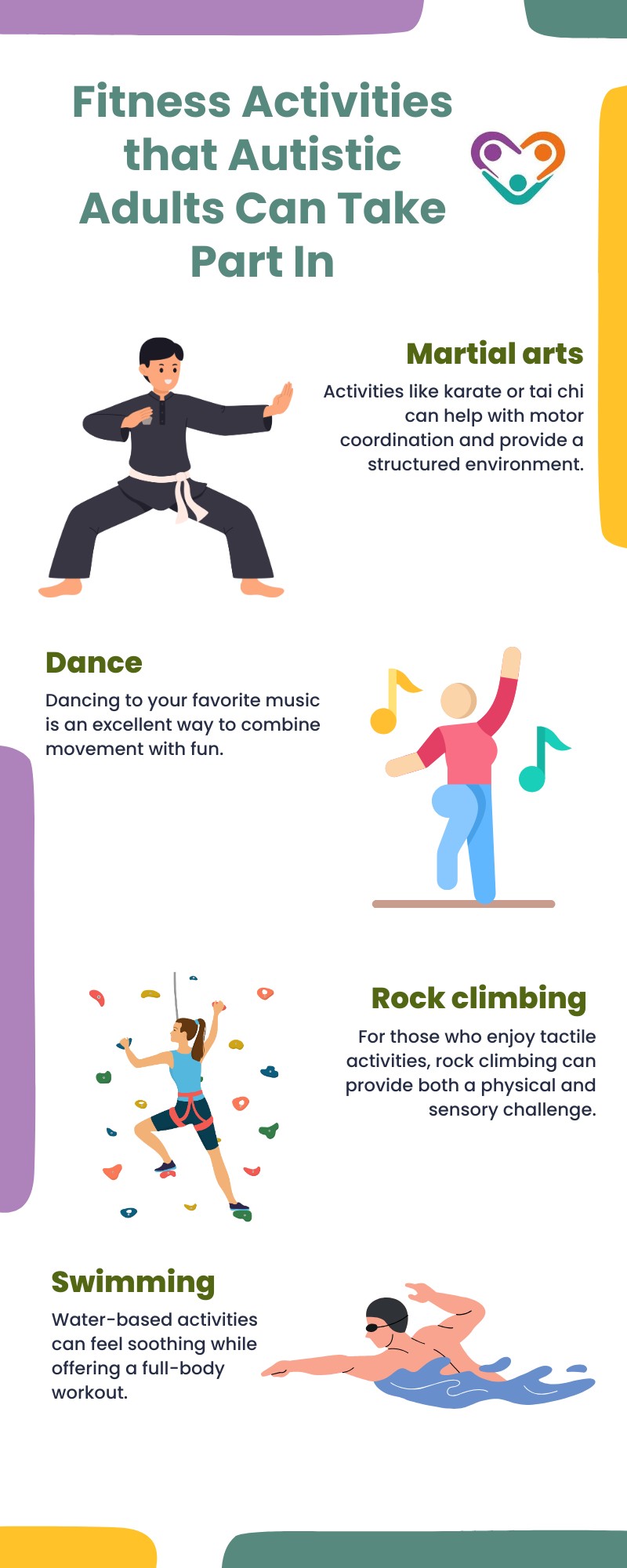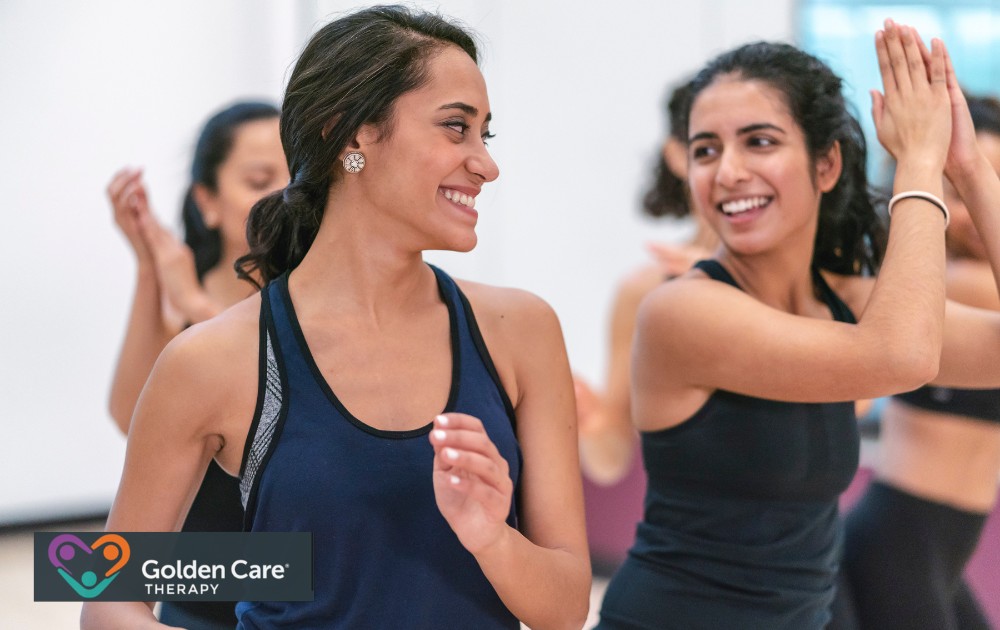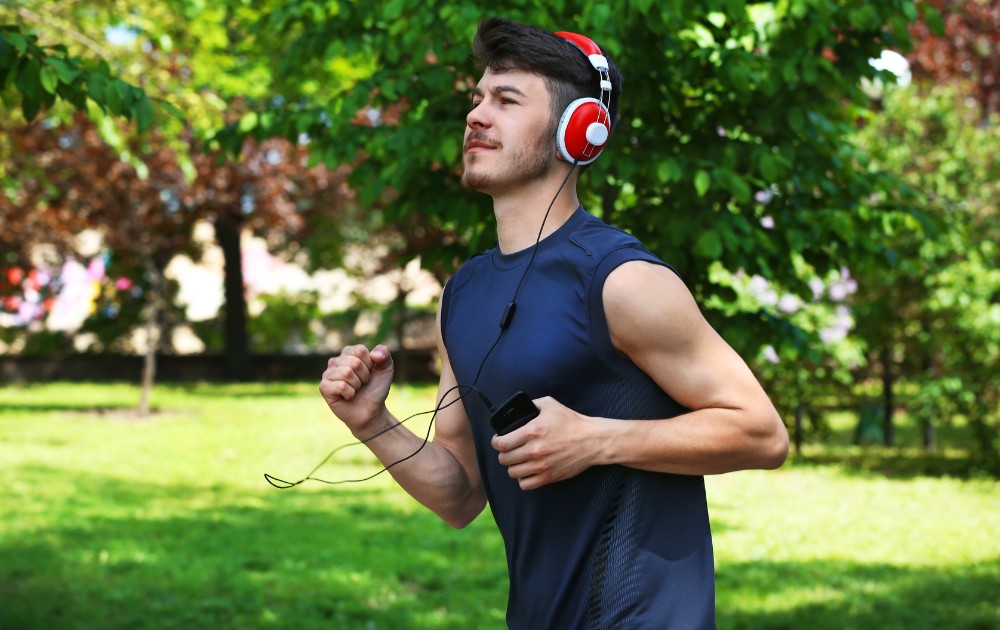Fitness is essential for maintaining physical and mental well-being. For autistic adults, engaging in regular physical activity can also improve sensory integration, emotional regulation, and overall quality of life.
However, it’s not uncommon to face unique challenges when building a fitness routine. These might include sensory sensitivities, difficulties with motor coordination, or challenges with transitions and routine changes. The key to success lies in crafting an individualized and adaptable approach to fitness that prioritizes comfort, enjoyment, and personal goals.
Below, we’ll explore some effective strategies to help autistic adults incorporate fitness into their lives. Let’s get started.
Start Small and Build Gradually
One of the most effective ways to make fitness a sustainable habit is to begin with manageable activities and gradually increase their intensity or duration. Starting small prevents overwhelming feelings and allows the body to adapt to the new activity, which can be particularly helpful for individuals with high-functioning autism, as they may benefit from a structured and gradual approach to new routines.
For instance, a short walk around the block can be an excellent way to initiate movement. Over time, as confidence and stamina grow, this can be extended into longer walks or light jogging.
It’s also helpful to set realistic goals. Goals don’t have to be grandiose; they can be as simple as moving for ten minutes a day or trying a new physical activity once a week. By breaking fitness goals into smaller steps, it’s easier to stay motivated and track progress.
Prioritize Activities That Feel Comfortable
Comfort is key when choosing a fitness activity. For autistic adults with sensory sensitivities, certain exercises or environments may feel overwhelming. For instance, the loud music and bright lights in a gym can be overstimulating. In such cases, exercising outdoors, at home, or in a sensory roomcan provide a more enjoyable experience.
Similarly, the texture of workout clothes or equipment might affect participation. Opt for breathable, soft fabrics that feel comfortable against the skin, and test any equipment beforehand to ensure it feels right.
Activities such as swimming, yoga, or biking may be more appealing than others, depending on personal preferences and sensory considerations.
Explore a Variety of Activities
Fitness doesn’t have to be limited to traditional exercises like running or lifting weights. There’s a world of physical activities to explore, and finding one that aligns with personal interests can make a significant difference. Some ideas include:

Experimenting with various activities allows you to discover what feels enjoyable and engaging, turning exercise into a positive experience rather than a chore.
Incorporate Fitness into Daily Routines
Routine is often a cornerstone of daily life for autistic individuals, so integrating exercise into existing routines can make it more manageable.
For instance, scheduling a walk before breakfast or doing stretches before bedtime can help create a sense of predictability. This approach makes fitness feel like a natural part of the day rather than an added task.
Incorporating physical activity into hobbies can also be effective. Gardening, for example, involves bending, lifting, and walking while nurturing plants. Similarly, playing a sport or hiking in nature can combine fitness with personal interests, making the experience more rewarding.
Work on Motor Skills and Coordination
For some autistic adults, motor skills and coordination can pose challenges during physical activities. This doesn’t mean fitness isn’t achievable—it just requires a tailored approach.
Activities like yoga, Pilates, or tai chi focus on balance, flexibility, and controlled movements, which can help improve motor skills over time.
Breaking down movements into smaller, more manageable steps is another effective strategy. For example, if learning a new dance move, focus on mastering one part of the sequence before moving on to the next. Repetition can also be helpful, as it reinforces muscle memory and builds confidence.
Use Technology and Visual Aids
Technology can be an invaluable tool for fitness. Fitness apps, YouTube videos, or online classes tailored to individual needs provide guidance and structure. Visual schedules or charts can also help autistic adults track their progress and stay motivated.
For those who thrive on predictability, using timers or alarms to signal the beginning and end of a workout can help establish clear boundaries and minimize anxiety.
Additionally, wearable fitness trackers can provide feedback on steps taken, calories burned, or heart rate, offering a tangible way to measure success. These devices often include goal-setting features, which can serve as a source of encouragement.
Find a Support System
Exercising alone can sometimes feel isolating. Joining a fitness group, finding a workout buddy, or participating in an adaptive sports team can provide social interaction and encouragement. Support systems can also help with accountability, making it easier to stick to a routine.
For those who prefer one-on-one guidance, working with a personal trainer experienced in working with autistic individuals can be beneficial. They can create a customized fitness plan, provide clear instructions, and offer encouragement tailored to individual needs.
Focus on Mind-Body Connection
Mind-body exercises such as yoga, tai chi, or meditation not only promote physical health but also improve emotional well-being. These activities encourage mindfulness, helping individuals connect with their bodies and understand how different movements feel.
For autistic adults, this can enhance body awareness, reduce stress, and foster a sense of calm.
Deep breathing exercises, often incorporated into these practices, can be particularly beneficial for managing sensory overload or emotional dysregulation. The rhythmic nature of these movements can provide a grounding effect, making them an excellent addition to a fitness routine.
Be Flexible and Adapt to Changing Needs
Fitness isn’t one-size-fits-all, and what works today might not work tomorrow. Flexibility is essential. If an activity becomes overwhelming or stops being enjoyable, it’s okay to take a break or try something new. The goal is to keep moving in a way that feels good, not to adhere rigidly to a plan.
For example, if the weather disrupts an outdoor walking routine, consider substituting it with indoor exercises like stretching or using a stationary bike. Adapting to changes ensures that fitness remains a positive and sustainable part of life.
Stay Motivated and Celebrate Progress
Staying motivated can sometimes be a challenge, especially when facing setbacks or slow progress. Celebrating small victories, such as completing a workout or trying a new activity, can help maintain enthusiasm. Keeping a fitness journal to record achievements and reflect on personal growth can also serve as a powerful motivator.
It’s important to focus on how fitness makes you feel rather than solely on external results. Improved mood, better sleep, or increased energy levels are all valid indicators of success. Recognizing these benefits reinforces the value of staying active.

Conclusion
Fitness is a deeply personal journey, and for autistic adults, the most important aspect is finding activities that align with individual needs and preferences. By starting small, prioritizing comfort, and embracing variety, it’s possible to create a sustainable and enjoyable fitness routine.
Incorporating fitness into daily life not only supports physical health but also enhances mental well-being, fostering a sense of empowerment and confidence. At Golden Care Therapy, we take pride in providing top-notch ABA therapy services tailored to meet your family’s unique needs.
We offer autism services in Georgia, New Jersey, Indiana, New York, and Florida, ensuring compassionate and effective care wherever you are. Contact us today to learn how we can help you achieve meaningful progress and lasting results for your loved one.
Sources:



